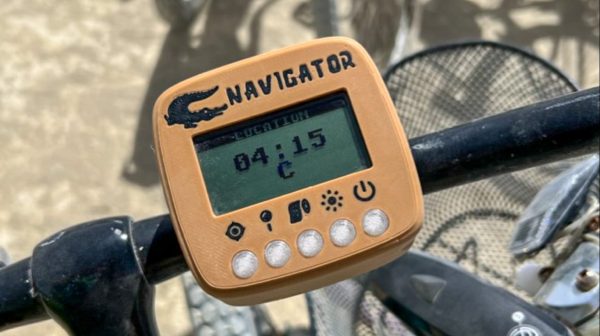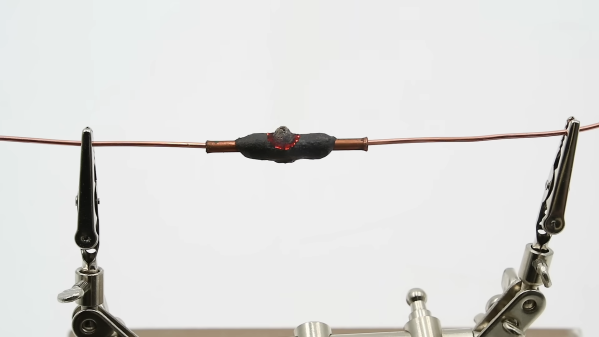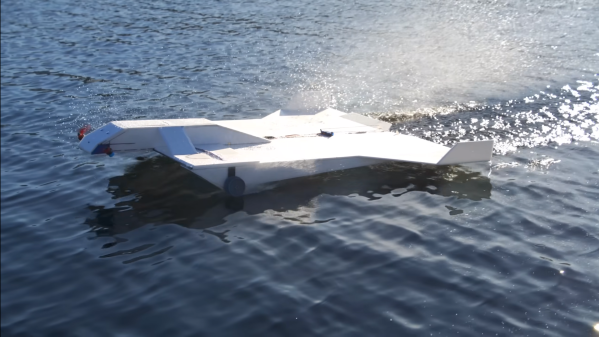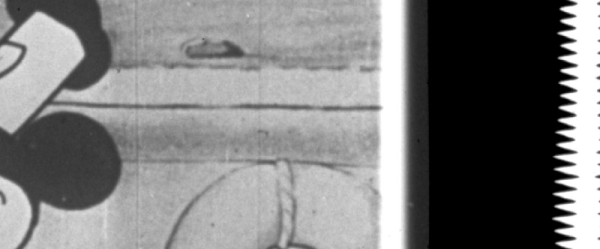When setting up a city in the desert, the team behind Burning Man does its best to lay things out in an ordered fashion. Even still, getting around at ground level can be a challenge at times, and it’s easy to get lost. To help get around easier, [Zach] developed a nifty GPS device built specifically for navigating the ephemeral clock-like city.
The device is built for a few simple purposes. It shows where you are, it helps you navigate somewhere you’ve been before, and it helps you navigate to portable toilets. It’s set up to be usable both on bike and on foot, the typical ways of getting around the playa. Since Black Rock City is fairly simple, it uses an arrow to point to a desired waypoint, and is capable of storing up to five points of interest. It’s built using a cheap GNSS receiver and transflective LCD screen, and a Pi Pico is the brains of the operation.
The value of the device is obvious, particularly when exploring deeper areas of the playa, or after the road signs have been removed or structures have been taken down or burnt to ashes. We’ve seen some other great projects from the desert festival before, too. If you’ve got your own playa-spec hacks, don’t hesitate to let us know!


















